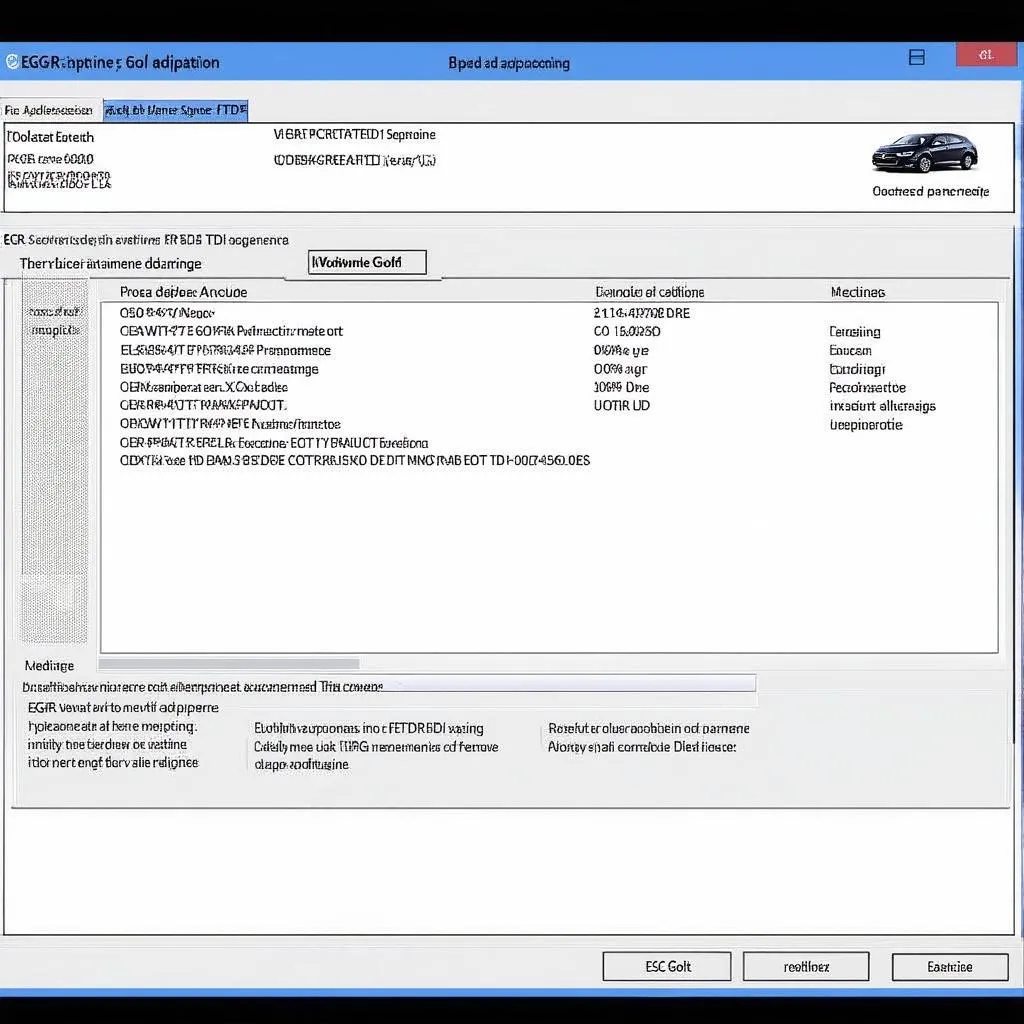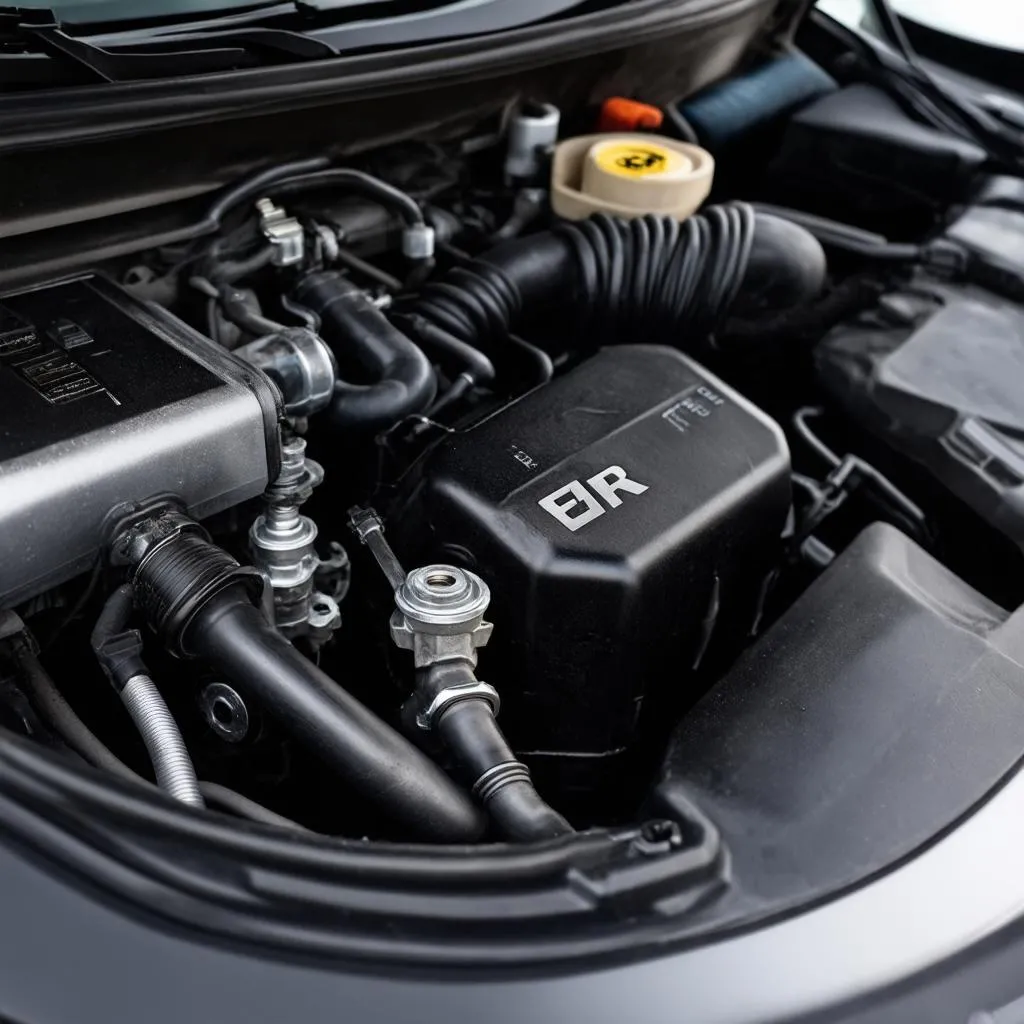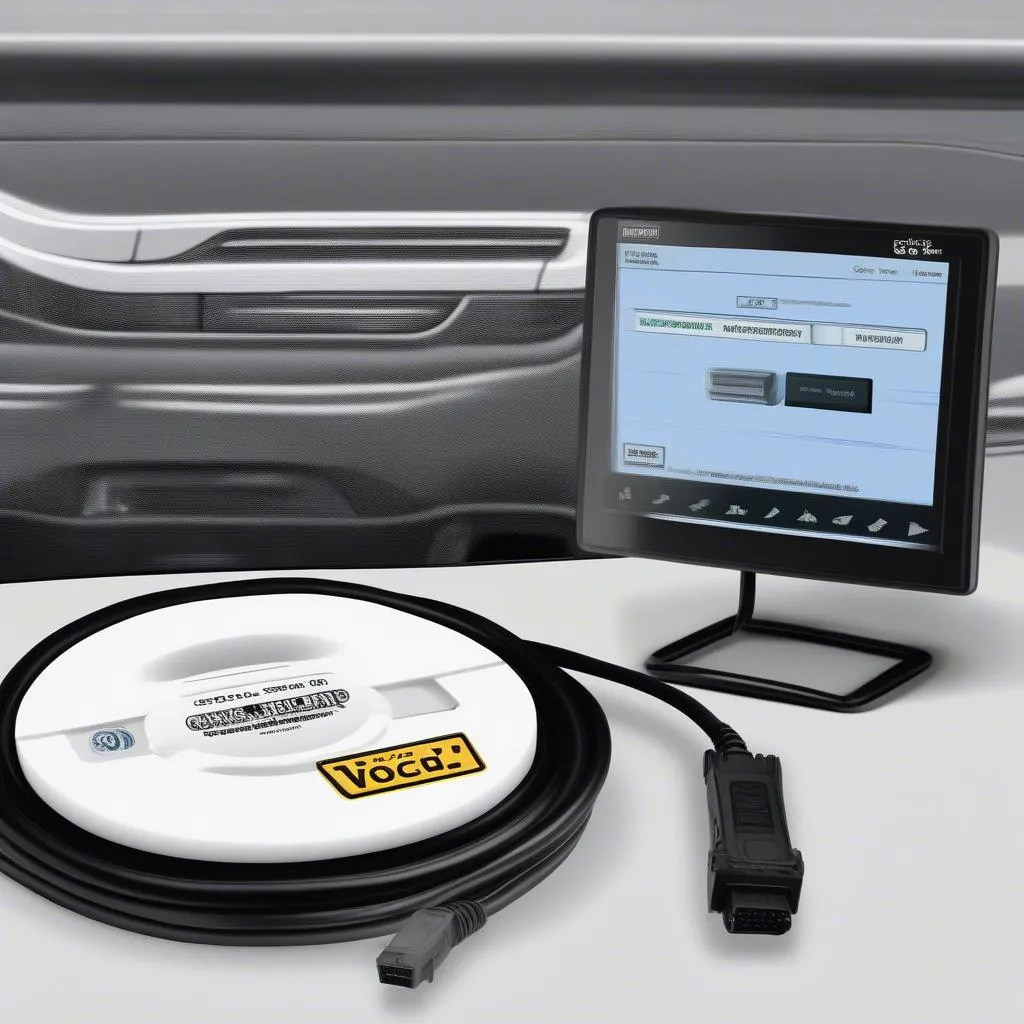The Exhaust Gas Recirculation (EGR) system is a crucial emissions control component found in most modern vehicles, including those from Volkswagen Audi Group (VAG). It works by redirecting a portion of the exhaust gases back into the intake manifold, effectively reducing combustion temperatures and minimizing harmful NOx emissions. While beneficial for the environment, the EGR system can sometimes become problematic. This is where VCDS, a powerful diagnostic and adjustment tool, comes in handy.
What is VCDS and How Can It Help with EGR?
VCDS (Vag-Com Diagnostic System), commonly referred to as VAG-COM, is a Windows-based diagnostic software that allows you to interact with the onboard computers of VAG vehicles. It goes beyond the capabilities of generic OBD-II scanners by providing access to a wider range of modules and functions, including those related to the EGR system.
Common Uses of VCDS for EGR:
- EGR Valve Adaptation: Over time, the EGR valve can accumulate carbon deposits, affecting its performance. VCDS enables you to perform an adaptation procedure, recalibrating the valve’s position for optimal operation.
- EGR Delete (Off-Road Use Only): In some regions, disabling the EGR system for off-road use might be desired. While not recommended for road-legal vehicles, VCDS allows for the modification of software settings related to the EGR system.
- Troubleshooting EGR Issues: VCDS empowers you to read and clear fault codes associated with the EGR system. This can pinpoint issues such as a malfunctioning EGR valve, clogged EGR cooler, or faulty sensors.
Benefits of Using VCDS for EGR:
- Cost-Effective: VCDS offers a cost-effective alternative to dealership visits for basic diagnostics and adjustments.
- DIY Empowerment: VCDS allows you to take control of your vehicle’s maintenance and repairs.
- Advanced Functionality: Access a comprehensive suite of features beyond the capabilities of generic OBD-II scanners.
EGR Adaptation with VCDS: A Step-by-Step Guide:
Note: This guide provides a general overview. Procedures may vary slightly depending on your specific vehicle model. Always refer to your vehicle’s service manual for detailed instructions.
- Connect VCDS: Connect your VCDS interface to your vehicle’s OBD-II port and launch the software.
- Select Control Module: Navigate to the “Select Control Module” section and choose “Engine.”
- Basic Settings: Enter the “Basic Settings” mode.
- EGR Adaptation: Locate the “EGR Adaptation” or similar option.
- Follow On-Screen Prompts: Carefully follow the on-screen instructions provided by VCDS.
- Verify Adaptation: After the adaptation procedure is complete, verify that the EGR system is functioning correctly.
Precautions and Considerations:
- Legal Restrictions: Tampering with emissions control systems is illegal for road-legal vehicles in many jurisdictions.
- Potential Risks: Improper adjustments can lead to performance issues, increased emissions, or even engine damage.
- Seek Professional Assistance: If you’re unsure about any procedure, it’s best to consult with a qualified automotive technician.
 VCDS EGR Adaptation
VCDS EGR Adaptation
FAQs:
Q: Can I completely disable my EGR system with VCDS?
A: Technically yes, but it’s not recommended for road-legal vehicles. Disabling the EGR system can lead to increased NOx emissions and potential legal issues.
Q: Will an EGR delete improve my car’s performance?
A: While some individuals believe that an EGR delete can enhance performance, any gains are often negligible. The primary purpose of the EGR system is emissions reduction.
Q: What are the signs of a faulty EGR valve?
A: Common symptoms of a faulty EGR valve include rough idling, engine hesitation, increased emissions, and a lit Check Engine Light.
 EGR Valve Location
EGR Valve Location
Conclusion:
VCDS offers a powerful and versatile toolset for diagnosing and adjusting your vehicle’s EGR system. By understanding how to use it effectively, you can ensure optimal performance, minimize emissions, and potentially save on costly repairs. However, always exercise caution, follow proper procedures, and prioritize the legal and environmental implications of any modifications you make. For those seeking more advanced diagnostics and repairs, consider exploring the range of professional-grade automotive diagnostic tools available on CARDIAGTECH.


